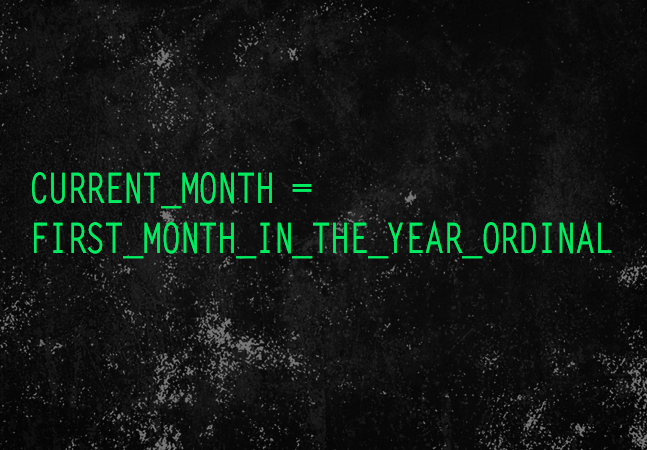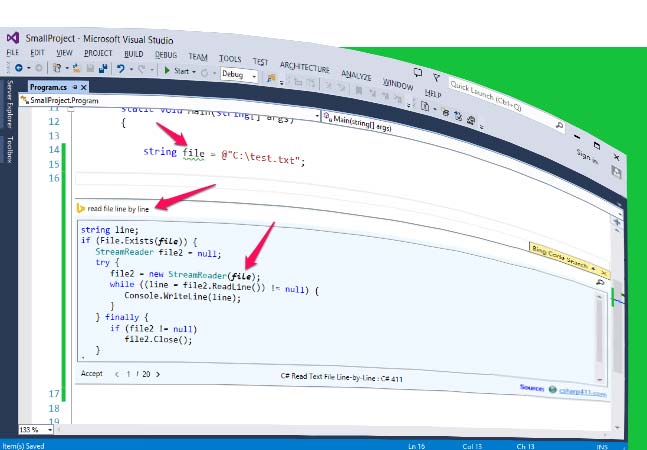
Did you know you can combine C#, F#, Visual Basic, Razor, HTML and JavaScript within a single app?
- By Greg Shackles
- 12/01/2014

It’s crunch time for Ben and his team. After a long journey, their project to uplift their biggest client’s application code is nearly at an end. Hopefully they didn’t miss anything ...

Here's an article about managing transactions that you don't need to read because, with one exception, Entity Framework will do the right thing by default. But, in the .NET Framework 4 and later, you can do more (if you ever need to).

Extension methods provide a great way for extending a class functionality -- but it's interfaces that let you use those methods anywhere you want.

Prune your Entity Framework with the help of asynchronous methods.

MSDN subscribers can try it for free with their Microsoft-supplied credits.

It's a preview of the next version of the IDE, expected to hit in 2015.

Entity Framework 6 gives you a variety of ways to call stored procedures that return data and capture the results those procedures return. Here's a look at all of them.

When you implement the Model-View-ViewModel pattern you need to tell your View (in this case, a Windows Form) when the ViewModel has new data. Here's how to do that, along with a warning about how to avoid a potential bug.

The latest version of Entity Framework makes it easier to write asynchronous code. Here's how to write that code, and more important, where you'll actually find it useful.

Also announced was a new interop organization called The .NET Foundation.

Peter wraps up his look at offloading processing from the mainline of your application in order to improve response time by looking at processing message queues asynchronously.

Defining constants in your application is a good thing. But if you understand constants you can also decide when you don't need to use them, how to name them, when to set up exceptions to your names and -- the best thing -- when to replace them with parameters.

If you're using MSMQ to offload work from your Web site, you have a number of ways to pick up those messages, including processing those messages as soon as they turn up.

Developers can search for incompatibilities between their own code and .NET more easily than ever.

Visual Studio 2013, with the latest version of TypeScript, gives you the same kind of support you've come to expect when writing code in C# and Visual Basic.

Why user requests shouldn't always be granted.

With Bing Code Search, Visual Studio developers get context-aware search capabilities from within IntelliSense.

Sometimes you can improve your application's response time by shunting some activities to offline processing -- sending an e-mail response, for instance. Here's how to use Microsoft Message Queue (available on both your development and production computers) to simplify the process.

Like riding a bike, knowledge of regular expressions will stay with you forever, allowing you to manipulate text quickly and easily. In this part of the series, Ondrej focuses in on groups, positioning and tools.
- By Ondrej Balas
- 02/05/2014